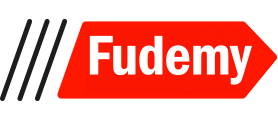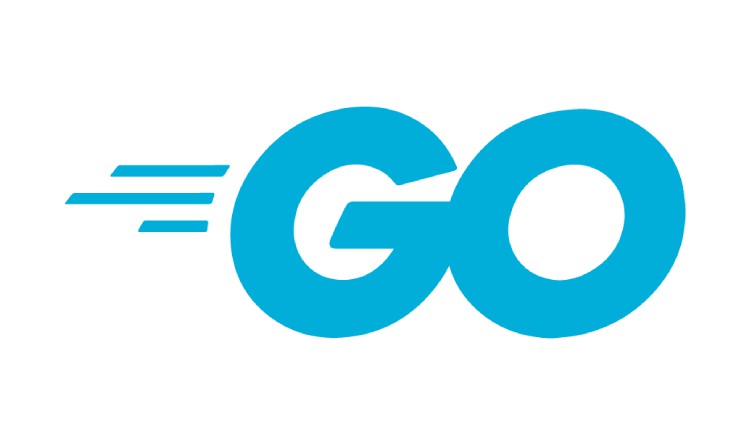What
You’ll Learn
You’ll Learn
- Master core GoLang concepts.
- Learn advanced development techniques.
- Develop web applications using GoLang.
- Manage databases efficiently and conduct robust testing.
Requirements
- “No matter your background or level of experience
- if youre eager to learn GoLang and excel in interviews
- this course is tailored for you.”
Description
Golang Interview Questions and Answers Preparation Practice Test | Freshers to Experienced
Are you preparing for a GoLang developer interview and want to ensure you’re ready to ace it? Look no further! Welcome to our comprehensive GoLang Interview Questions Practice Test course, meticulously designed to help you master the essential concepts and prepare effectively for your upcoming interviews.
This course is tailored to provide you with in-depth coverage of six crucial sections, each focusing on fundamental aspects of GoLang development. With over [insert number] practice questions spread across these sections, you’ll have ample opportunities to test your knowledge, identify areas for improvement, and build confidence in your GoLang skills.
Section 1: Basics of Go Language In this section, we delve into the foundational concepts of GoLang, covering everything from data types to functions. Practice answering questions on variables, constants, operators, control structures, and packages. Strengthen your understanding of the core building blocks of GoLang to ace your interview with flying colors.
Section 2: Advanced Concepts Ready to tackle more complex topics? Explore advanced concepts such as pointers, structs, interfaces, concurrency, error handling, and defer, panic, and recover mechanisms. Sharpen your expertise in handling sophisticated programming challenges and demonstrate your proficiency in GoLang development.
Section 3: Go Language Features Dive deeper into the unique features of GoLang that set it apart from other programming languages. Test your knowledge on slices, arrays, maps, type assertion, type switch, methods, anonymous functions, and reflection. Gain a deeper understanding of these features to showcase your versatility as a GoLang developer.
Section 4: Web Development with Go Are you aspiring to be a proficient web developer in GoLang? This section is tailored for you. Practice questions on HTTP server implementation, routing using popular packages like Gorilla Mux, middleware usage, templating, working with JSON data, and implementing authentication and authorization mechanisms. Elevate your skills in web development with GoLang and impress your potential employers.
Section 5: Database Access and ORM Every modern application requires efficient data management. Test your knowledge on SQL database access, ORM libraries like Gorm, database migration, transactions, database connection pooling, and working with NoSQL databases such as MongoDB and Redis. Become adept at handling data persistence in GoLang and stand out in your interviews.
Section 6: Testing and Benchmarking Quality assurance is paramount in software development. Practice writing unit tests, utilizing testing frameworks like testing and testify, mocking dependencies, benchmarking your code, measuring code coverage, and implementing best practices for test organization. Demonstrate your commitment to delivering high-quality, reliable code through rigorous testing methodologies.
Here are five sample practice test questions with options and detailed explanations:
-
Question: What is the purpose of the defer keyword in GoLang?
a) To execute a function immediately upon its declaration.
b) To halt the execution of a function until a condition is met.
c) To delay the execution of a function until the surrounding function returns.
d) To handle runtime errors gracefully within a function.Explanation:
The correct answer is option c) To delay the execution of a function until the surrounding function returns. In GoLang, the defer keyword is used to schedule a function call to be run after the surrounding function completes but before it returns. This can be useful for tasks such as closing files or releasing resources at the end of a function’s execution, ensuring proper cleanup regardless of how the function exits (e.g., normal return, panic, or runtime error). -
Question: Which of the following statements about interfaces in GoLang is true?
a) Interfaces can only contain method declarations.
b) A type implicitly implements an interface if it defines all the methods of that interface.
c) Interfaces can have fields in addition to methods.
d) Interfaces must be explicitly implemented by a type using the implements keyword.Explanation:
The correct answer is option b) A type implicitly implements an interface if it defines all the methods of that interface. In GoLang, interfaces are implemented implicitly. A type satisfies an interface if it implements all the methods declared by the interface. There’s no need for explicit declaration or implementation of interfaces using keywords like implements. This feature allows for flexible and dynamic polymorphism in GoLang. -
Question: What is the purpose of a goroutine in GoLang?
a) To perform type conversions between different data types.
b) To encapsulate a set of related functions and data structures.
c) To facilitate concurrent execution of functions independently of each other.
d) To handle errors and exceptions gracefully within a program.Explanation:
The correct answer is option c) To facilitate concurrent execution of functions independently of each other. Goroutines are lightweight threads managed by the Go runtime, allowing concurrent execution of functions within a Go program. They enable efficient and scalable concurrency without the overhead of traditional threads. By running independently, goroutines can perform tasks concurrently, enhancing the performance and responsiveness of GoLang applications. -
Question: What is the purpose of using defer, panic, and recover together in GoLang?
a) To catch and handle runtime errors within a function.
b) To ensure that a function is executed even in the presence of runtime errors.
c) To gracefully handle panics and recover from them in the context of a deferred function call.
d) To terminate the execution of a function if a certain condition is met.Explanation:
The correct answer is option c) To gracefully handle panics and recover from them in the context of a deferred function call. In GoLang, panic is used to trigger a runtime error, recover is used to regain control of a panicking goroutine, and defer is often used to schedule a function call that will be executed even if a panic occurs. When used together, they provide a mechanism for handling and recovering from panics in a controlled manner, allowing for graceful error handling and cleanup operations. -
Question: Which of the following is true about testing in GoLang?
a) Unit tests in GoLang are typically placed in separate files suffixed with _test.
b) Mocking is not supported in the standard testing package of GoLang.
c) Code coverage analysis is not available for GoLang projects.
d) Benchmark tests in GoLang are primarily used for detecting syntax errors.Explanation:
The correct answer is option a) Unit tests in GoLang are typically placed in separate files suffixed with _test. In GoLang, unit tests are conventionally written in separate files with names ending in _test.go. These files contain test functions that exercise the code under test and verify its correctness. This convention helps in organizing and executing tests effectively using the standard testing tools provided by GoLang.
Enroll in our GoLang Interview Questions Practice Test course today and embark on a journey towards mastering the essentials of GoLang development. Whether you’re a seasoned developer looking to brush up on your skills or a beginner gearing up for your first GoLang interview, this course is your ultimate companion. Prepare with confidence, tackle any interview challenge, and land your dream job in GoLang development!
Who this course is for:
- Beginner programmers looking to learn a new language and break into GoLang development.
- Experienced developers aiming to enhance their skills and stay updated with the latest trends in GoLang.
- Web developers seeking to expand their expertise by incorporating GoLang into their skill set.
- Software engineers preparing for job interviews or seeking career advancement opportunities in companies utilizing GoLang.
- Computer science students or professionals interested in gaining practical experience in GoLang development for academic or professional purposes.






